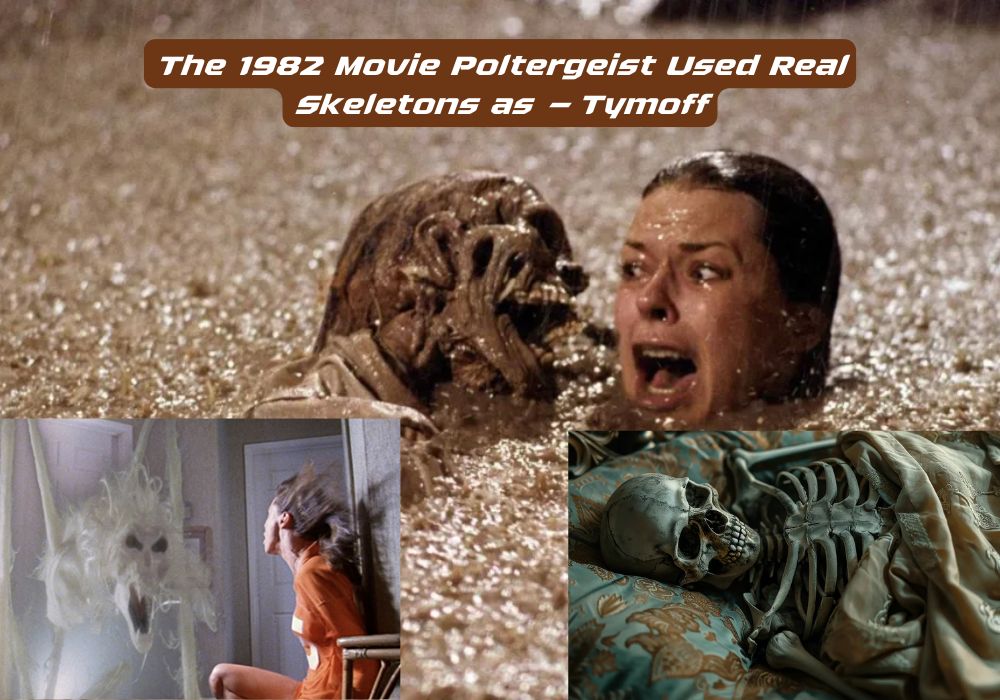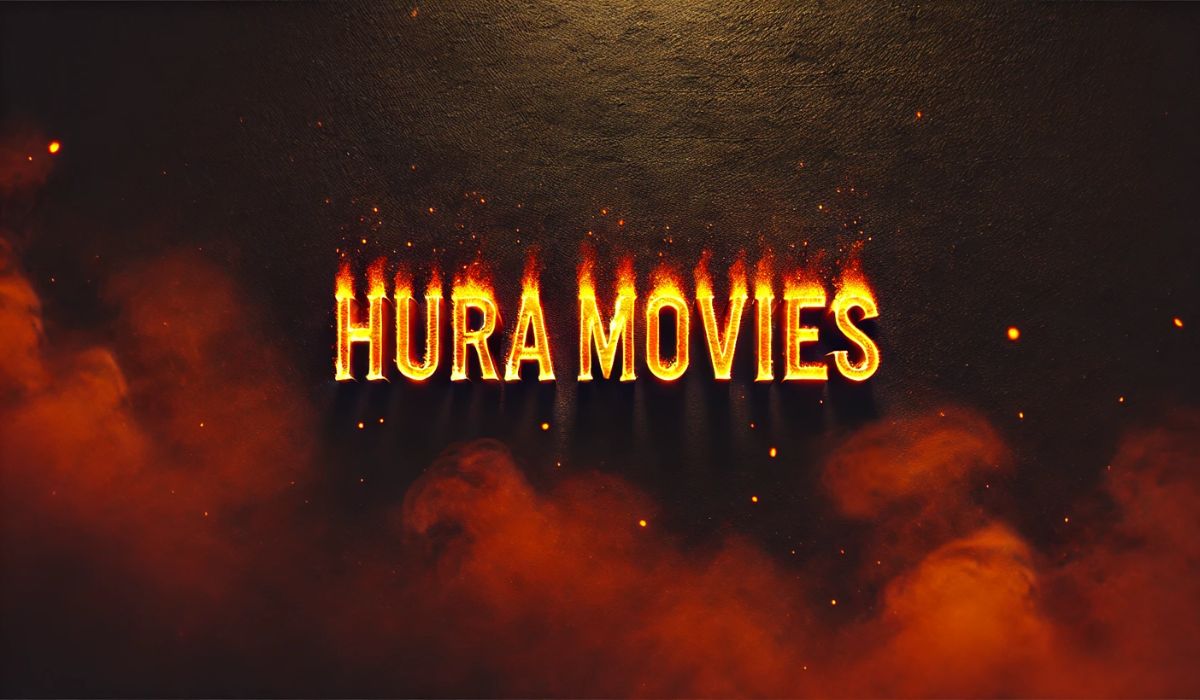Introduction
Have you ever watched a horror movie and wondered if some of the terrifying scenes were real? Well, in the case of the 1982 classic Poltergeist, one shocking detail behind the scenes turned out to be disturbingly true. The infamous swimming pool scene, where skeletons emerge from the muddy water, wasn’t just a clever use of props—they were real human skeletons!
This revelation has haunted horror fans for decades, raising ethical questions and adding an eerie layer to the already spine-chilling film. But why were real skeletons used? What impact did this decision have on the cast and crew? And did it contribute to the so-called Poltergeist curse? Let’s dive deep into the unsettling truth behind this Hollywood horror legend.
The Controversial Use of Real Skeletons
Why Did the Filmmakers Use Real Skeletons?
In the early ‘80s, using artificial skeletons in films was expensive, and the movie industry often sought cost-effective alternatives. Believe it or not, real human skeletons were cheaper than high-quality plastic or resin replicas. The skeletons used in Poltergeist reportedly came from medical suppliers who provided human remains for educational purposes.
The Infamous Swimming Pool Scene
One of the most terrifying moments in Poltergeist occurs when Diane Freeling (played by JoBeth Williams) falls into a muddy swimming pool, only to find herself surrounded by skeletons. The actress was initially unaware that these skeletons were real. When she later discovered the truth, she was horrified.
Who Approved the Use of Real Skeletons?
It was common practice in Hollywood to use real skeletons in films before ethical concerns were widely discussed. The decision likely came from the special effects and production teams, who saw it as a practical choice. Director Tobe Hooper and producer Steven Spielberg were reportedly aware, though it remains unclear how much the cast knew beforehand.
Ethical and Moral Concerns
Was It Ethical to Use Real Skeletons?
The use of human remains in entertainment raises serious ethical concerns. While the skeletons were legally obtained, the moral implications are debatable. Were the families of the deceased aware? Were the remains treated with respect? These questions continue to spark discussions among horror fans and film historians.
Did This Set a Precedent in Hollywood?
Before Poltergeist, real skeletons had been used in films like House on Haunted Hill (1959) and Dawn of the Dead (1978). However, after the controversy surrounding Poltergeist, Hollywood began shifting toward artificial props, as awareness of ethical concerns grew.
The Poltergeist Curse: Coincidence or Supernatural Retribution?
Tragic Deaths Linked to the Film
The Poltergeist franchise is infamous for its so-called “curse,” a series of tragic and untimely deaths among cast members:
- Dominique Dunne (Dana Freeling) was murdered by her ex-boyfriend in 1982.
- Heather O’Rourke (Carol Anne) died at the age of 12 due to medical complications in 1988.
- Julian Beck and Will Sampson (from Poltergeist II) also passed away under unusual circumstances.
These tragedies fueled rumors that using real skeletons had angered the spirits of the deceased, bringing misfortune to those involved in the film.
Did the Curse Affect the Production?
On-set accidents, electrical malfunctions, and eerie experiences reported by the cast further cemented the belief in a supernatural curse. Some crew members even sought spiritual cleansings after filming wrapped.
Behind-the-Scenes Insights
JoBeth Williams’ Experience
JoBeth Williams recalled feeling uneasy during production. She claimed that every time she returned home from filming, the pictures on her walls were mysteriously crooked. This fueled her belief that supernatural forces were at play.
What the Crew Had to Say
Some crew members brushed off the idea of a curse, attributing the eerie occurrences to coincidence. Others, however, remained convinced that disturbing real skeletons had unleashed something sinister.
Hollywood’s Shift to Ethical Practices
How Has the Industry Changed?
Today, CGI and high-quality prosthetics have replaced the use of human remains in horror films. Advancements in special effects allow filmmakers to create hyper-realistic skeletons without ethical dilemmas.
Modern Horror Films and Practical Effects
Many modern horror movies now prioritize ethical practices. Films like The Conjuring and Insidious use animatronics and CGI instead of real bones, ensuring a more respectful approach to horror storytelling.
Cultural Impact and Fan Reactions
How Did Audiences React?
When the truth about Poltergeist’s skeletons emerged, many fans were shocked and disturbed. Some felt it added authenticity to the film, while others believed it crossed a moral boundary.
Does This Make Poltergeist Scarier?
Knowing that real skeletons were used adds a new layer of horror to the film. Some fans believe this unsettling detail enhances the movie’s eerie atmosphere, making it even more terrifying to watch.
Conclusion
The revelation that Poltergeist used real skeletons remains one of Hollywood’s most disturbing behind-the-scenes secrets. Whether or not you believe in the Poltergeist curse, the film’s legacy is forever tied to this controversial decision. As horror movies continue to evolve, one thing is certain—ethics in filmmaking have come a long way since 1982.
Frequently Asked Questions (FAQs)
1. Why were real skeletons used in Poltergeist?
Real skeletons were used because they were cheaper than artificial ones at the time. The filmmakers sourced them from medical suppliers.
2. Did the actors know they were working with real skeletons?
Some actors, like JoBeth Williams, claimed they were unaware during filming and were horrified when they later found out.
3. Is the Poltergeist curse real?
While many tragic events happened to the cast, there is no concrete evidence linking them to a curse. However, the eerie coincidences continue to intrigue fans.
4. Are real skeletons still used in movies today?
No, Hollywood now relies on CGI and realistic prosthetics to create skeletons, avoiding the ethical concerns associated with real human remains.
5. Did using real skeletons contribute to the film’s success?
Possibly. The film’s realism and unsettling atmosphere may have been enhanced by their use, but it also sparked controversy that lingers to this day.
Please visit for more info: Ponder Shorts


